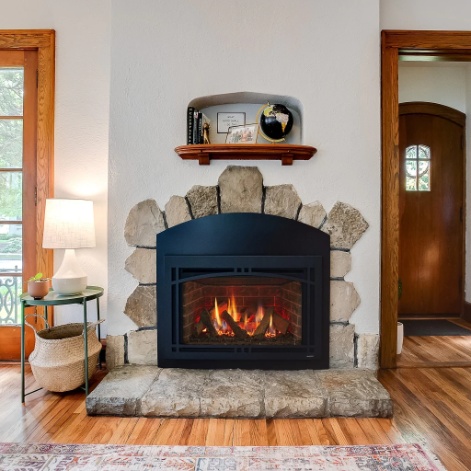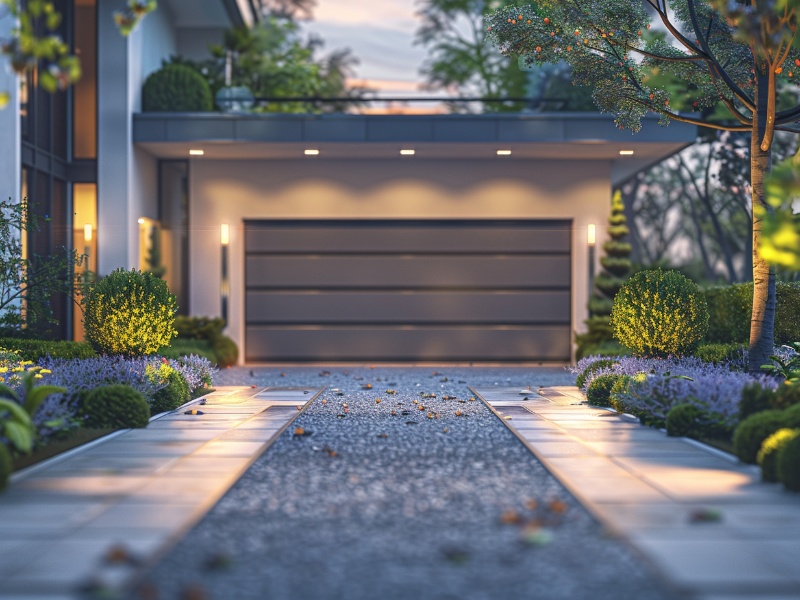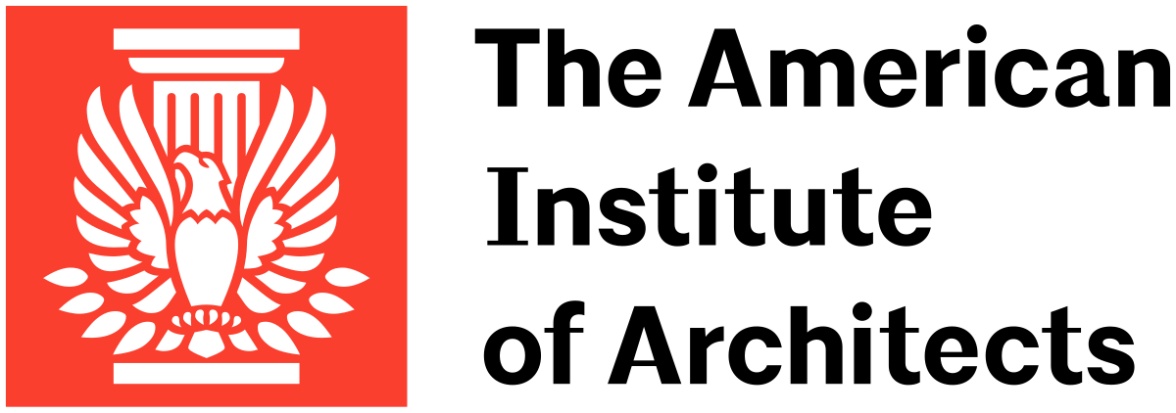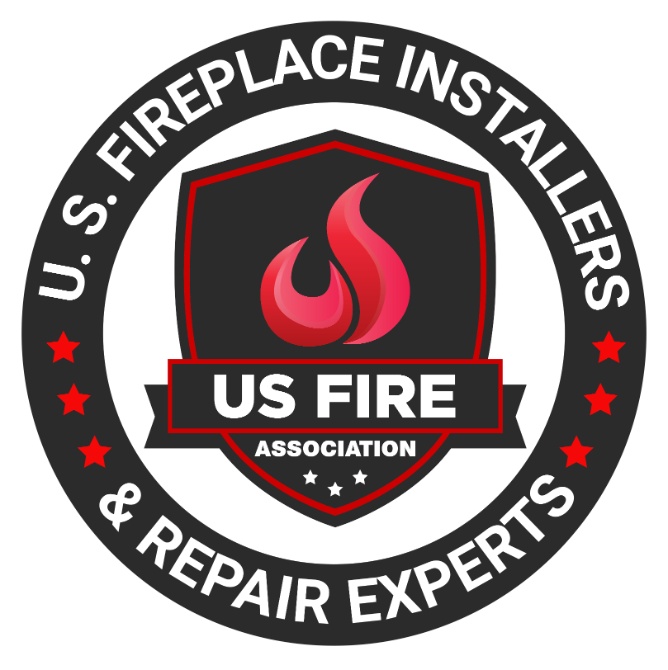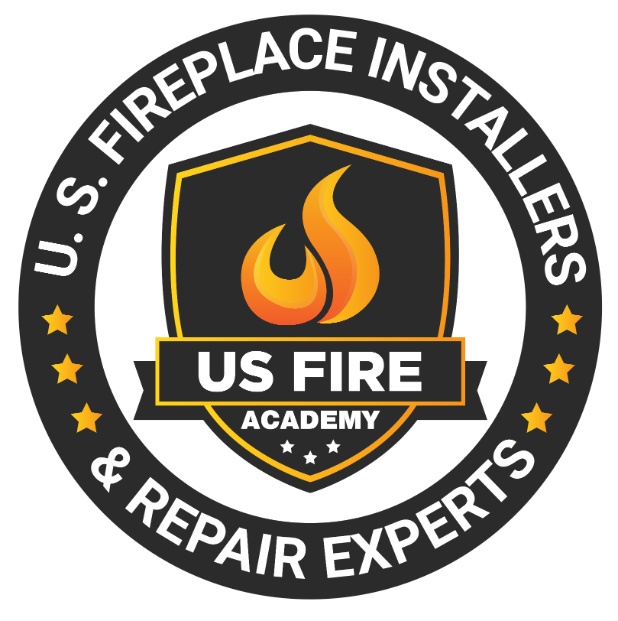Table of Contents
- 1 What Is a Fireplace?
- 2 How Does a Fireplace Affect Home Insurance?
- 3 Does Having a Fireplace Increase Home Insurance Rates?
- 4 What Are the Benefits of Having a Fireplace?
- 5 What Are the Risks of Having a Fireplace?
- 6 How Can You Lower Your Home Insurance Rates with a Fireplace?
- 7 Contact Us
- 8 Frequently Asked Questions
Fireplaces are a cozy addition to any home, providing warmth and ambiance during the colder months.
Having a fireplace can impact your home insurance rates. Explore the factors that determine how a fireplace affects your insurance and possible rate increases.
Discover the benefits of having a fireplace, such as reducing heating costs and adding value to your home, and the risks, including fire hazards and structural damage.
Get tips on how to lower your insurance rates with a fireplace by installing safety features, conducting regular maintenance, and choosing the right type of fireplace.
If you have a fireplace or are considering installing one, learn more about its implications on your home insurance.
What Is a Fireplace?
A fireplace is a structure made of brick, stone, or metal designed to contain a fire and provide warmth in a home.
Fireplaces come in various types catering to different homeowner preferences. From traditional wood-burning fireplaces that exude a cozy and rustic ambiance to modern gas fireplaces offering convenience and efficiency, there are options for every style. Construction materials range from classic brick and stone for a timeless look to sleek metal designs for a contemporary feel.
Homeowners can also choose from different designs such as fireplace inserts, freestanding stoves, or built-in units, each offering unique aesthetics and functionality. Ensuring proper safety measures, regular maintenance, and selecting suitable heat sources are essential factors in maintaining both the style and function of a fireplace.
How Does a Fireplace Affect Home Insurance?
A fireplace can impact home insurance by influencing coverage options, rates, and risk assessment for homeowners.
Fireplaces are a common feature that can enhance the ambiance of a home while also posing potential risks that insurance companies consider carefully.
When it comes to insurance underwriting, the presence of a fireplace may lead insurers to evaluate the type of fireplace, its age, condition, and even the frequency of usage to determine the level of risk it presents.
In terms of policy terms, some insurance providers may require regular inspections of the fireplace and chimney to ensure they meet safety standards.
Homeowners with fireplaces may need to disclose this information when applying for coverage and be mindful of how it can impact their premiums and coverage limits.
What Are the Factors That Determine the Impact of a Fireplace on Home Insurance?
Several factors determine how a fireplace can impact home insurance, including the type of fireplace, its maintenance, and the safety features installed.
Insurance companies evaluate fireplaces to assess potential risks and coverage needs. The installation quality plays a crucial role in determining the chances of a fire hazard. Proper maintenance practices, such as regular cleaning and inspection, demonstrate a homeowner’s commitment to reducing risks. Safety features like spark arrestors, fire-resistant materials, and functional dampers are key considerations for insurers. These factors help insurance companies make informed decisions on coverage, risk mitigation, and underwriting criteria to ensure that homes with fireplaces are adequately protected.
Does Having a Fireplace Increase Home Insurance Rates?
Having a fireplace may lead to an increase in home insurance rates due to the potential fire hazards associated with fireplaces.
This correlation between fireplaces and insurance premiums is rooted in the higher risk of fires breaking out in homes equipped with fireplaces. Insurers take into consideration various fire risk factors, such as the type of fireplace, frequency of use, and maintenance practices, when determining insurance costs for homeowners.
The cost-benefit analysis for insurers involves assessing the potential expenses related to fire damage and adjusting coverage limits accordingly. As insurance market trends evolve, homeowners with fireplaces may find themselves facing higher premiums to offset the increased risk posed by these cozy additions to their homes.
What Are the Possible Increases in Home Insurance Rates Due to a Fireplace?
Increases in home insurance rates due to a fireplace can vary based on the type of fireplace, safety features, and the homeowner’s insurance company.
For example, homeowners with wood-burning fireplaces might experience higher premium hikes compared to those with gas or electric fireplaces, as wood-burning fireplaces pose a higher risk of fire hazards.
Insurance companies may also consider safety installations such as spark arrestors, fireplace doors, and regular chimney cleanings when determining premium rates.
Underwriting standards play a crucial role in assessing the overall risk associated with a fireplace, taking into account factors like the frequency of fireplace usage and proper maintenance.
All these factors combined contribute to the final insurance rate calculation for homeowners with fireplaces.
What Are the Benefits of Having a Fireplace?
Having a fireplace in your home can provide warmth, add value to your property, and create a cozy ambiance for residents and guests.
Fireplaces are not only sought-after features from a real estate perspective, often increasing the resale value of a property, but they also serve as practical sources of heating during colder months. Beyond their functional benefits, fireplaces significantly enhance the aesthetic appeal of a home, offering a focal point for gathering and relaxation.
The warm glow and crackling sound of a fire create a comforting atmosphere that can make any space feel more inviting and snug, making it a perfect setting for unwinding after a long day or hosting gatherings with friends and family.
Provides Warmth and Comfort
One of the primary benefits of a fireplace is its ability to provide warmth and create a cozy atmosphere in the home, especially during colder seasons.
The heat radiating from a fireplace not only helps in heating up the living space effectively but also plays a crucial role in maintaining a comfortable indoor temperature. By acting as a source of heat, fireplaces contribute to reducing the reliance on central heating systems, which can lead to significant energy savings.
The natural warmth emanating from a fireplace enhances the insulation of the room, making it feel snug and inviting. This blend of functionality and aesthetics fosters a sense of relaxation, making the ambiance welcoming and charming.
Reduces Heating Costs
Fireplaces can help reduce heating costs by providing a supplemental heat source that lessens the reliance on central heating systems.
- By strategically placing fireplaces in key areas of the house, such as the living room or bedrooms, homeowners can target specific zones for warmth, reducing the need to heat the entire home constantly. This targeted heating approach not only enhances comfort but also minimizes energy waste by preventing overheating in unused spaces.
- With the advancement of energy-efficient fireplace models, modern designs boast improved insulation and air circulation, further maximizing heat retention and ensuring optimal distribution throughout the room. Ultimately, integrating fireplaces into home heating strategies can lead to significant savings on utility bills while promoting sustainable energy consumption.
Adds Value to Your Home
A fireplace can enhance the value of your property by increasing its desirability and market appeal, especially for potential buyers or renters.
The presence of a fireplace not only adds a touch of warmth and charm to a home but also serves as a focal point that can significantly boost the overall aesthetic appeal. When appraising a property, appraisers often consider the presence of a fireplace as a valuable feature that adds to the perceived value of the home. Many buyers are willing to pay a premium for properties with fireplaces, viewing them as cozy gathering spots and decorative elements that enhance the ambiance of a living space.
What Are the Risks of Having a Fireplace?
Despite their benefits, fireplaces pose risks such as fire hazards, smoke exposure, and potential structural damage to homes.
To prevent fire hazards, it is essential to practice proper fire safety measures, including regular chimney inspections and cleaning to reduce the buildup of creosote, a highly flammable substance. Installing a spark guard or glass door can also help prevent embers from escaping and igniting nearby objects. Ensuring the fireplace is properly ventilated can reduce the risk of smoke exposure, which can lead to respiratory issues and property damage. Regular maintenance, such as checking for cracks in the chimney and ensuring the fireplace is structurally sound, is crucial in mitigating potential fire-related hazards and maintaining a safe living environment.
Fire Hazards
Fireplaces are fire hazards that require proper safety precautions to prevent accidents and property damage.
- Implementing safety standards such as installing spark guards and clearances around the fireplace can greatly reduce the risk of fires.
- Regular maintenance, such as chimney inspections and cleaning, is crucial to ensuring that the fireplace functions safely.
Never leave a fire unattended and always use appropriate fuels to minimize the potential for ignition. By prioritizing fire prevention and practicing good home safety habits, households can enjoy the cozy ambiance of a fireplace while minimizing the associated risks.
Smoke and Carbon Monoxide Exposure
Improperly maintained fireplaces can lead to smoke and carbon monoxide exposure, posing health risks to occupants.
To mitigate these dangers, it is crucial to prioritize proper ventilation to ensure that any harmful gases are effectively released outside the home. Installing carbon monoxide detectors in key areas can provide an early warning system in case of dangerous levels of this odorless gas. Regular chimney inspections by qualified professionals are essential to prevent blockages or creosote buildup that can hinder the flow of air and pose a significant risk to indoor air quality.
Structural Damage
Fireplaces can cause structural damage to homes if not properly maintained, leading to costly repairs and compromised building integrity.
- Over time, the heat and smoke produced by a fireplace can deteriorate various building materials such as wood, brick, and mortar. The foundation and structural elements of the house become weakened.
- Regular inspections and repairs are crucial to address any underlying issues before they escalate, ensuring the longevity of the building. Ignoring maintenance can result in high repair costs and potentially hazardous living conditions.
- It is essential to prioritize the upkeep of fireplaces to safeguard the structural integrity of your home and prevent costly damages in the long run.
How Can You Lower Your Home Insurance Rates with a Fireplace?
Homeowners can reduce their insurance rates with a fireplace by installing safety features. Also, maintaining the fireplace regularly, and choosing the right type of fireplace for their property can reduce insurance rates.
- One essential strategy for homeowners is to ensure the installation of safety features. These include spark arrestors and heat-resistant materials. These additions not only enhance safety but also demonstrate responsible fireplace ownership to insurance providers, potentially leading to lower premiums.
- Regular maintenance, including chimney inspections and cleaning, is another critical factor in reducing fire risk and maintaining insurance coverage. Opting for a well-maintained, efficient fireplace that meets safety standards can significantly impact insurance costs in a positive manner.
Install Safety Features
Installing safety features such as spark arrestors, carbon monoxide detectors, and fire-resistant materials can lower the risk of fireplace-related incidents.
Regular fire safety checks play a crucial role in ensuring the continued protection of your home and loved ones. As do necessary preventative measures. Fire alarms act as an early warning system, alerting inhabitants to potential dangers and allowing for swift evacuation. In addition, barriers such as screens or gates can help prevent accidental contact with flames or hot surfaces. Maintaining cleanliness around the fireplace is essential for reducing the risk of chimney fires and carbon monoxide buildup. This includes regular chimney inspections and debris removal. By implementing these safety measures and diligent maintenance protocols, you can significantly enhance the overall safety of your home environment.
Regular Maintenance and Inspections
Regular maintenance and inspections of fireplaces are crucial to ensure optimal performance, safety, and longevity of the heating system.
By adhering to a consistent maintenance schedule, homeowners can avoid potential hazards such as chimney fires or carbon monoxide leaks. Professional chimney sweeps are trained to thoroughly clean soot and debris, identify any structural issues, and ensure proper ventilation. In addition to cleaning, repairs should be promptly addressed. This is in order to prevent damage from worsening and compromising the efficiency of the fireplace. Regular inspections also allow for the evaluation of the fireplace’s overall condition, ensuring it meets safety standards and operates efficiently.
Choose the Right Type of Fireplace
Selecting the appropriate type of fireplace can optimize the fireplace’s performance and insurance considerations. Choose based on fuel options, efficiency ratings, and heating needs.
Wood-burning fireplaces provide a traditional aesthetic and cozy ambiance. However, they require regular maintenance and pose potential safety hazards like creosote buildup and chimney fires.
Gas fireplaces offer convenience with instant flame control and no need for wood storage. Nevertheless, they may require a gas line installation.
Electric fireplaces are energy-efficient and easy to install. However, they may not provide the same level of warmth as their wood or gas counterparts.
When considering insurance implications, wood-burning fireplaces may require additional coverage. This is due to the heightened fire risk. Meanwhile, gas and electric options are typically viewed more favorably by insurers for their safety features.
Contact Us
Dreifuss Fireplaces has established itself as a leader in the fireplace industry. They offer unparalleled expertise and a diverse range of high-quality fireplace options to suit any home or style.
Their dedication to excellence in installation and customer service ensures that every project is executed flawlessly. This enhances the comfort and aesthetic appeal of your space.
Opting for a fireplace installation with Dreifuss means investing in a cozy and welcoming atmosphere for your home. This makes it the perfect gathering place for friends and family. Their professional team works closely with you to select and install your ideal fireplace.
Scheduling your installation with Dreifuss is a step towards elevating your home’s ambiance and enjoying the timeless charm of a fireplace.
Frequently Asked Questions
1. Does having a fireplace increase your insurance?
Yes, a fireplace can lead to an increase in home insurance rates due to potential fire hazards.
2. What factors affect how a fireplace impacts insurance rates?
The impact of a fireplace on insurance rates is determined by the type of fireplace. It is also determined by its maintenance, and installed safety features.
3. Can installing safety features help lower insurance rates for homes with fireplaces?
Installing safety features, conducting regular maintenance, and choosing the right type of fireplace can help lower insurance rates.
4. What are some risks associated with having a fireplace?
Fireplaces pose risks like fire hazards, smoke exposure, and potential structural damage to homes.
5. What are the benefits of having a fireplace?
Fireplaces provide warmth, reduce heating costs, add value to homes, and create a cozy ambiance.
6. How can you reduce the risks of having a fireplace?
To reduce fireplace risks, install safety features, ensure proper ventilation, conduct regular maintenance, and never leave a fire unattended.
Latest Articles

What Is An NG (Natural Gas) Indicator And Why You Need It For Your Fireplace
Table of Contents1 Understanding Natural Gas Fireplaces2 What is an NG Indicator?3 Importance of NG Indicators for Safety4 Types of NG Indicators5 Installation and Maintenance of NG Indicators6 Signs of a Faulty NG Indicator7 Frequently Asked Questions Natural gas fireplaces are a favored option among numerous homeowners due to their convenience and effectiveness. But, what is an NG (Natural Gas) indicator and why you need it for your fireplace? It is imperative to comprehend how they function and the significance of having an NG (Natural Gas) indicator for safety purposes. This article delves into the definition and significance of NG indicators. We will discuss the potential hazards associated with the absence of one and the various types of indicators accessible. Also, we will discuss installation and maintenance recommendations, and methods to recognize and rectify issues with malfunctioning indicators. Stay well-informed and ensure the safety of your home by referring to this exhaustive guide. Understanding Natural Gas Fireplaces Natural gas fireplaces serve as an efficient and convenient heating option for numerous households. They utilize natural gas as a fuel source to deliver consistent warmth and ambiance. How They Work and Why They Need NG Indicators The operation of natural gas fireplaces involves igniting natural gas to generate heat. This process requires diligent monitoring to ensure both safety and efficiency, a task facilitated by the use of NG indicators. NG indicators play a critical role in detecting potential gas leaks. They enable residents to promptly address and mitigate any associated hazards. Through continuous monitoring of gas levels and providing timely warnings and alerts, NG indicators uphold a secure indoor environment. It is imperative to ensure that these indicators function properly to facilitate the effective operation of natural gas fireplaces. This helps mitigate the inherent risks linked to gas leaks. What is an NG Indicator? An NG indicator is a specialized device equipped with advanced sensors and technology. It is specifically designed to detect natural gas leaks and monitor gas pressure in appliances, such as fireplaces. Definition and Purpose The NG indicator functions as a detector that monitors gas appliances for potential leaks. It provides essential functionality to ensure safety in households utilizing natural gas. These detectors play a crucial role in protecting residences by notifying occupants of dangerous gas leaks long before they escalate into perilous situations. Through continuous monitoring of gas levels in the vicinity, NG indicators offer an additional layer of protection. This is particularly important in properties that rely on gas-operated fireplaces or stoves. These devices not only help avert potential disasters but also enhance the overall peace of mind of homeowners. They assure them that their living spaces are equipped with reliable safety features. Importance of NG Indicators for Safety Natural gas indicators are essential for maintaining safety in households equipped with natural gas appliances. These devices serve as a proactive measure to promptly detect gas leaks. This offers homeowners a sense of security and assurance. Potential Dangers of Not Having an NG Indicator The absence of an NG indicator in residences equipped with natural gas appliances can pose significant hazards. This includes the risk of undetected gas leaks , carbon monoxide poisoning , and pilot outages that may lead to dangerous situations. These potential risks can profoundly impact indoor air quality. They directly influence the health and safety of individuals residing in the household. Undetected gas leaks can go unnoticed, gradually permeating the air and creating a potentially explosive environment. Insufficient ventilation from undetected exposure to carbon monoxide can lead to serious health complications. These range from mild symptoms such as dizziness to fatal poisoning. Without proper monitoring from an NG indicator, families are left susceptible to these concealed threats. This underscores the critical importance of implementing proactive measures to mitigate such risks. Types of NG Indicators Indicators for Natural Gas (NG) are available in diverse types. Each presents distinct detection capabilities tailored to specific requirements, encompassing both manual and automated alternatives. Manual vs. Automatic Indicators Manual NG indicators require user intervention for monitoring gas levels and identifying leaks. On the other hand, automatic indicators employ sophisticated technology to deliver continuous, real-time monitoring. This heightened efficiency and oversight enhance safety protocols. Conventional manual indicators rely on individuals to physically inspect and evaluate gas levels periodically. This renders them more susceptible to human errors. Conversely, automatic indicators feature sensors capable of promptly detecting even the most minute fluctuations in gas levels. This establishes a more dependable and precise monitoring mechanism. Automatic indicators can activate alerts and shut-off systems upon detecting a leak. This ensures immediate action to avert potential hazards. This advanced technology enhances safety protocols and instills a sense of command and assurance among users. Installation and Maintenance of NG Indicators The reliable and accurate performance of NG indicators necessitates proper installation and consistent maintenance. This often entails professional installation and adherence to recommended service guidelines. Proper Installation and Regular Maintenance Tips The proper installation of NG indicators involves adhering to the specifications in the user manual. Maintenance protocols entail strict adherence to a predetermined maintenance schedule to ensure sustained operational efficiency. During the installation phase, it is imperative to verify that the NG indicators are securely affixed in the designated location as stipulated by the manufacturer. Crucial steps include confirming power source compatibility and ensuring proper grounding of the device to optimize performance. Calibration of the indicator must be executed meticulously to ensure precise readings. Regarding maintenance, essential practices include regular inspection for signs of wear, thorough cleaning of the indicator components, and routine functionality tests. By allocating time to a consistent maintenance regimen, the NG indicator can operate with optimal efficiency over an extended duration. Signs of a Faulty NG Indicator Recognizing indicators of a malfunctioning NG indicator is essential for upholding safety and performance standards. Inaccuracies and detection issues can undermine the efficacy of these devices. Identifying and Addressing Issues The process of identifying and addressing issues related to NG (natural gas) indicators requires a systematic troubleshooting approach. This ensures their optimal performance

What You Need To Know About Gas Log Set Safety And Installation Considerations
Table of Contents1 Understanding Gas Log Sets2 Safety Considerations for Gas Log Sets3 Installation Guidelines for Gas Log Sets4 Maintaining and Troubleshooting Gas Log Sets5 Frequently Asked Questions Gas log sets are a favored option among homeowners seeking to enjoy the comfort and atmosphere of a conventional fireplace without the inconvenience of wood. This article tells you what you need to know about gas log set safety and installation considerations. Before incorporating one into your residence, it is imperative to understand the safety considerations associated with their use. This discussion delves into the potential hazards linked with gas log sets. It presents crucial precautions to uphold the safety of your home. Also, it outlines proper installation procedures and offers insight into common errors to avoid. Finally, it provides advice on maintenance and troubleshooting. Gain comprehensive knowledge on gas log set safety and installation considerations. Understanding Gas Log Sets Comprehending gas log sets is essential for individuals seeking to elevate their fireplace experience, and for gas lag set safety and installation. These heating appliances can operate on either natural gas or propane. In addition, they are available in a range of styles, including vented, ventless, and vent-free options. They provide an array of benefits and customization opportunities through various fireplace accessories. What are Gas Log Sets? Gas log sets are meticulously crafted artificial logs. They are designed to imitate the appearance and functionality of authentic wood logs within fireplaces. These gas log sets typically consist of ceramic or refractory concrete logs that have been skillfully molded and painted. This allows them to replicate the natural grain and texture of real wood. The logs are arranged in various configurations within the fireplace. They establish a realistic and welcoming ambiance. In addition to the logs, gas log sets often include fireplace accessories such as glowing embers. Accessories also include decorative stones, and even pine cones to enhance the overall aesthetic appeal. Homeowners can select from an array of placement options. These include traditional wood stack, cascading driftwood, or a contemporary geometric arrangement. Homeowners can align their preferred style and design preferences. Safety Considerations for Gas Log Sets Safety considerations for gas log sets are of utmost importance to guarantee a secure and pleasant fireplace experience. It is essential to address potential hazards such as carbon monoxide exposure, gas leaks, and fire safety to maintain a safe environment for homeowners. Potential Hazards and Precautions Gas log sets come with potential hazards that must be taken seriously, including the risks of gas leaks, carbon monoxide poisoning, and fire incidents. It is imperative to establish and adhere to rigorous safety measures to ensure the well-being of individuals and properties involved in the use of gas log sets. Gas leaks represent a significant hazard when utilizing gas log sets. They can result in the accumulation of combustible gas within the premises, heightening the possibility of explosions or fires. Carbon monoxide, an insidious gas generated during incomplete combustion, poses a grave threat due to its colorless and odorless nature, making it undetectable without proper monitoring. To address these risks effectively, it is vital to install carbon monoxide detectors and gas leak sensors in the vicinity of the gas logs. Routine maintenance checks on the gas log system, including cleaning and inspection procedures, are critical to ensure safe operations and the prompt identification of potential issues. In case of a gas leak or suspected presence of carbon monoxide, immediate evacuation of the affected area is paramount, followed by prompt contact with emergency services. Recognizing the distinct odor of rotten eggs associated with natural gas can serve as an early warning sign, prompting swift actions to avert any potential accidents. Installation Guidelines for Gas Log Sets The installation of a gas log set necessitates meticulous planning and strict adherence to specific guidelines. This includes verifying a secure gas connection, ensuring proper gas lines are in place, and complying with local building codes. Often, the complexity of these requirements may require the expertise of a certified technician. Proper Installation Techniques The appropriate installation procedures for gas log sets involve the secure connection of gas lines, meticulous adherence to installation manuals, and strict compliance with local building codes. It is imperative to prioritize the guarantee of secure gas connections to avert leaks and potential safety hazards. During the installation of gas log sets, utilizing suitable sealants and fittings is essential to establish a tightly sealed connection. The correct installation of gas lines is critical for both the safety and operational efficacy of the gas log set. Reference to the installation manual is highly advisable for detailed, step-by-step guidance to prevent inaccuracies and ensure the successful establishment of the gas log set. Consistently adhering to building codes and regulations upholds safety standards. Seeking guidance and confirmation from a certified technician before and after installation can offer invaluable support and assurance throughout the process. Common Installation Mistakes to Avoid It is imperative to avoid common installation errors to ensure the secure and effective operation of gas log sets. This includes verifying proper gas connections and compliance with building codes. Improper gas connections can result in leaks and potential hazards, underscoring the importance of verifying the tightness and correct alignment of all fittings. Failure to adhere to building codes can lead to structural complications, penalties for non-compliance, or even safety concerns. To prevent these oversights, it is advised to consult the manufacturer’s installation guidelines and strictly adhere to local regulations. Engaging a certified technician for the installation of gas log sets guarantees that the procedure is carried out accurately and securely. This provides assurance that the system is functioning as intended. Maintaining and Troubleshooting Gas Log Sets Regular maintenance and troubleshooting of gas log sets are imperative to uphold their optimal performance and safety. This includes thorough examination of the pilot light, pilot assembly, and other gas appliances to preserve heating efficiency and promptly resolve any arising issues. Tips for Maintenance and Repair Ensuring the proper maintenance of your gas log set necessitates conducting

Key Considerations For Using Compressed Liquid Propane In Fireplace Installation
Table of Contents1 What is Compressed Liquid Propane?2 Benefits of Using Compressed Liquid Propane in Fireplaces3 Safety Precautions for Installing Compressed Liquid Propane Fireplaces4 Installation Process for Compressed Liquid Propane Fireplaces5 Maintenance and Care for Compressed Liquid Propane Fireplaces6 Alternative Fuel Options for Fireplaces7 Frequently Asked Questions If you are contemplating the use of compressed liquid propane in your fireplace installation, this discussion will delve into the advantages of adopting this alternative fuel option. These benefits include enhanced efficiency, cost savings, and important safety precautions to consider. Furthermore, a detailed step-by-step guide on the installation process will be provided, along with recommendations for maintenance and care. A comparison of various fuel options for fireplaces will also be conducted to assist you in making an informed decision. We encourage you to stay engaged to gain insights into optimizing your fireplace’s capabilities with compressed liquid propane. What is Compressed Liquid Propane? Compressed Liquid Propane is a versatile energy source contained in a high-pressure propane tank. It finds extensive utility in both residential and commercial settings, prominently including fireplaces. Recognized for its convenience and efficiency, Compressed Liquid Propane emerges as a favored option for heating residential spaces and facilitating culinary pursuits across various environments. Additionally, it serves as a viable fuel substitute in vehicular contexts, portable cooktops, and outdoor grilling scenarios due to its propensity for clean combustion. The attribute of portability, coupled with ease of storage, positions Compressed Liquid Propane as an optimal energy source for individuals residing off the conventional grid. It is also great for engaging in outdoor activities such as camping and recreational vehicle (RV) travel. Moreover, the high energy density inherent to Compressed Liquid Propane renders it a dependable choice for sustaining generators during instances of power disruptions. Benefits of Using Compressed Liquid Propane in Fireplaces Utilizing Compressed Liquid Propane for fireplace installation presents several benefits. These include enhanced fuel efficiency, convenience, cost-effectiveness, and a favorable environmental footprint. These attributes render it a recommended option for heating solutions, applicable to both on-grid and off-grid settings. Efficiency and Cost Savings The utilization of Compressed Liquid Propane in fireplaces offers significant advantages, notably in terms of high fuel efficiency and cost-effectiveness. These attributes are underscored by the exceptional BTU rating and overall heating efficiency of Compressed Liquid Propane. The elevated fuel efficiency exhibited by Compressed Liquid Propane fireplaces necessitates less fuel to generate the same level of heat compared to traditional wood-burning fireplaces or electric heating systems. Consequently, homeowners can realize cost savings on their heating expenditures over an extended period. Moreover, the clean-burning characteristics of propane minimize maintenance costs linked to soot and ash cleanup. This further enhances the cost-effectiveness of employing propane fireplaces. Safety Precautions for Installing Compressed Liquid Propane Fireplaces Ensuring safety is of utmost importance during the installation of Compressed Liquid Propane fireplaces. This requires strict adherence to safety regulations, meticulous attention to proper ventilation requirements, careful control of ignition sources, and the incorporation of carbon monoxide and gas leak detection systems. Important Safety Measures Essential safety protocols for the installation of Compressed Liquid Propane fireplaces encompass adherence to fire safety regulations. Engaging in professional assessments and employing sophisticated gas leak and carbon monoxide detection mechanisms is crucial. Professional evaluations play a critical role in identifying any prospective hazards or irregularities within the fireplace infrastructure. These assessments are vital in ensuring the operational integrity of all components and compliance with safety protocols. Routine inspections serve to forestall potential fire incidents, gas discharges, or carbon monoxide emissions that could pose significant threats to both the property and individuals in the vicinity. The utilization of advanced gas leak and carbon monoxide detection systems serves as an additional safeguard by promptly notifying occupants of any elevated levels of these hazardous gases. Installation Process for Compressed Liquid Propane Fireplaces The installation procedure for Compressed Liquid Propane fireplaces encompasses several critical steps. These include: Adhering to installation guidelines Correctly positioning the propane tank Ensuring precise gas line installation Optimizing heat output Monitoring pressure regulation Establishing the pilot light Step-by-Step Guide The installation process of Compressed Liquid Propane fireplaces involves a systematic approach. This begins with the construction of the firebox, followed by the installation of the gas control valve, setup of the ignition system, design of the flue, and verification of a suitable combustion air supply. The construction of the firebox assumes critical importance as it serves as the foundation of the fireplace structure. It securely holds the combustible materials in place. Subsequently, the gas control valve plays a key role in managing the propane flow, guaranteeing safe and efficient operation. The installation of the ignition system facilitates convenient and reliable fire initiation. Designing the flue is a necessary step to direct exhaust gases outside, thus preventing their accumulation indoors. Moreover, ensuring a proper combustion air supply is essential to sustain optimal burning conditions and enhance fuel consumption efficiency. Each component contributes significantly to the functionality and safety of the fireplace installation process. This underscores the importance of meticulous attention to detail and adherence to established protocols. Maintenance and Care for Compressed Liquid Propane Fireplaces Consistent maintenance and attention to Compressed Liquid Propane fireplaces are imperative to guarantee their optimal functionality. This includes adherence to prescribed maintenance protocols, regular chimney upkeep, prevention of soot accumulation, and scheduling of routine propane deliveries and professional inspections. Tips for Keeping Your Fireplace in Good Condition For the maintenance of your Compressed Liquid Propane fireplace, it is essential to conduct regular checks on ignition sources. Monitor flame appearance, clean the gas burner and pilot assembly, and verify the correct operation of the safety shut-off valve. The inspection of ignition sources requires a detailed examination of the electronic igniter. This helps identify any signs of damage or corrosion and ensures proper sparking upon activation. Monitoring flame appearance involves observing a consistent blue flame with minimal flickering, which signifies efficient combustion. Cleaning the gas burner and pilot assembly can be performed using a soft brush or compressed air to eliminate any dirt or debris that may
